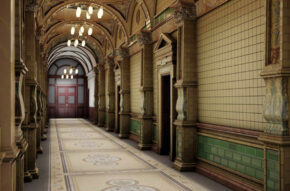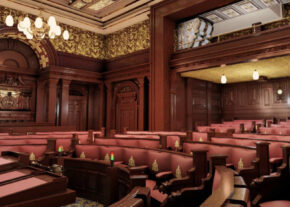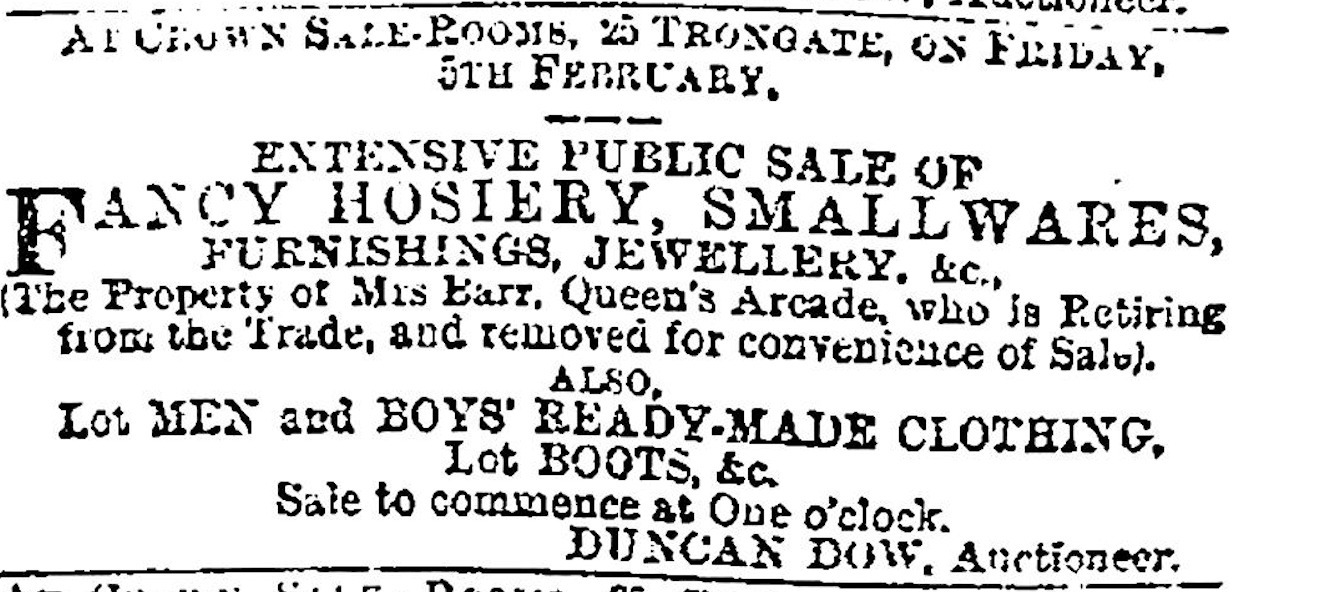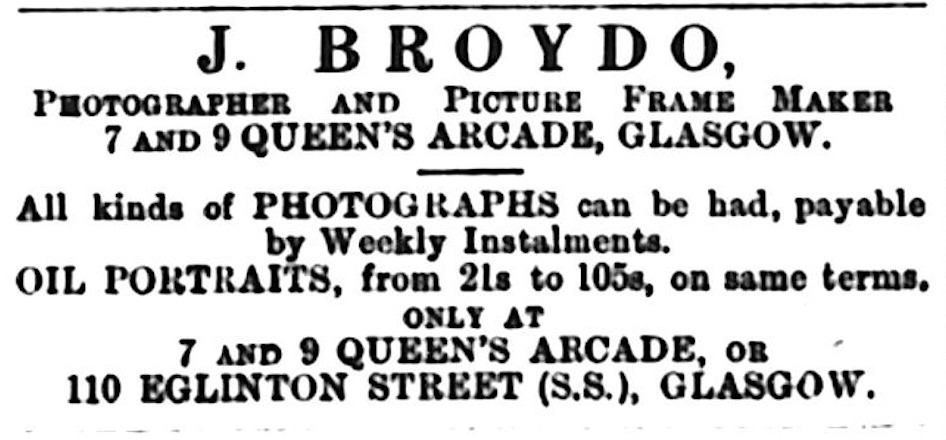The City Chambers is one of the most prestigious buildings in Glasgow. It’s a place where famous visitors are welcomed, and where big events such as civic receptions and award ceremonies are held. However, many Glaswegians have never been inside, or are unaware that free public tours take place every day. Our new online learning resource, ‘Our City Chambers’, aimed mainly at primary school aged children, enables them to explore the building in a way that is accessible, engaging and fun, even if they aren’t able to visit in person. Explore the resource here
It features animations of key rooms within the building, including the Banqueting Hall and Council Chambers. It also shows areas that are not always accessible to the public, such as the Councillors’ Corridor, the Lord Provost’s Office and the Portrait Gallery. It covers the architecture, design and social history of the Chambers, identifying the materials and the traditional skills and techniques employed in its construction and decoration. It also demonstrates how the building is still a functioning workplace for the council, and the role it plays in providing key public services to the people of Glasgow.


We worked closely with the design team at SUUM studio to create this resource. We would like to give our heartfelt thanks to them and to the staff at the City Chambers for their support and insights during the project. Children at St Mungo’s Primary School participated in a series of workshops in the development stages of the project, including a visit to the Chambers. Their perspectives on the building and the city of Glasgow were inspiring and joyful, and were instrumental in shaping the final resource.
A free printed resource to accompany the website has also been produced. It is available to pick up from the City Chambers and from GCHT’s office at 54 Bell Street in the Merchant City. A downloadable PDF will also be added here in due course.
We’d love to see some pictures of you visiting the Chambers – you can show them to us on our Twitter, Instagram or Facebook pages – use the hashtag #ourcitychambers












































